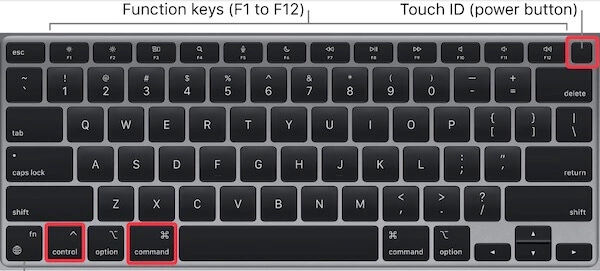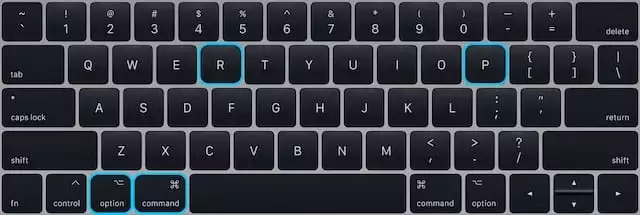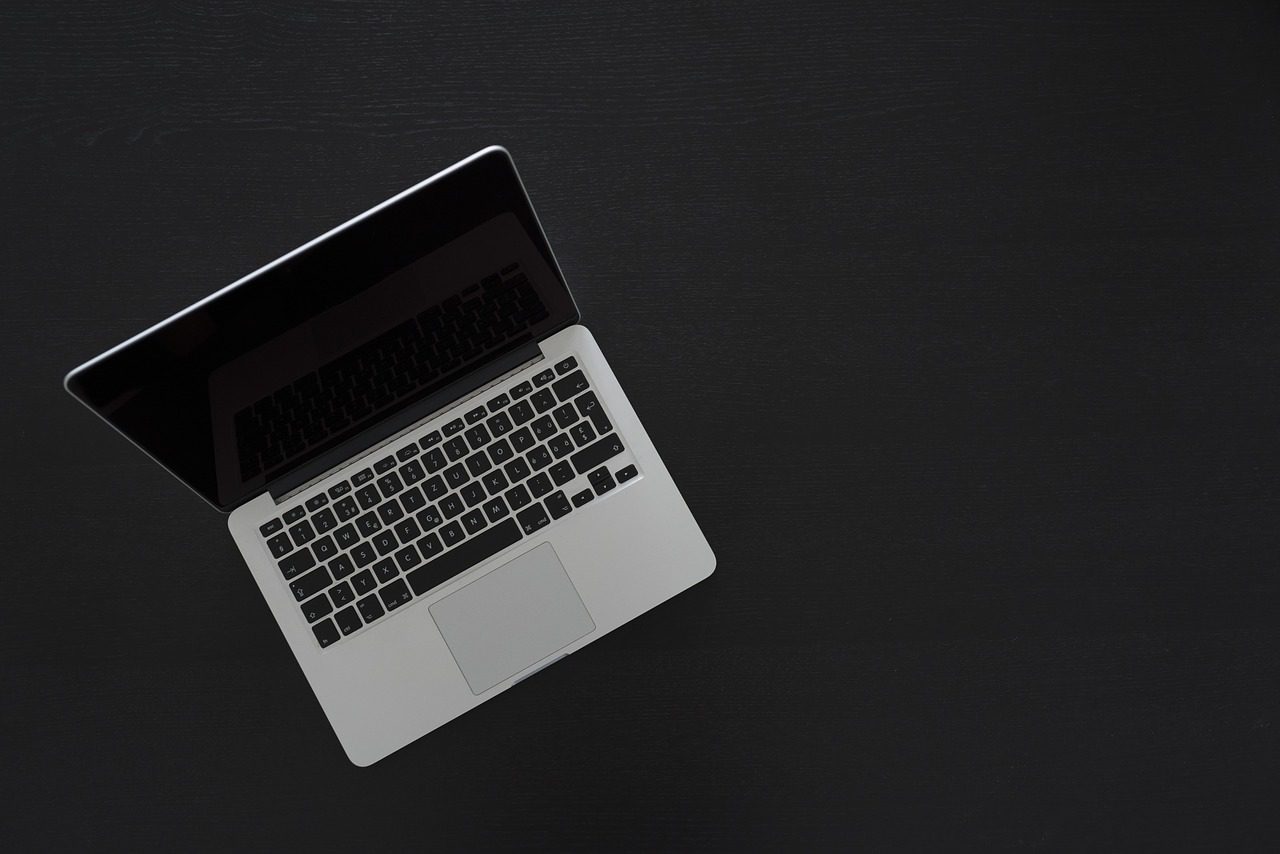Technically, your Macbook Pro Screen goes black during startup. It appears at least once everytime you boot up your Macbook Pro.
However, if your Macbook Pro ends up just booting straight into a black screen, then there’s a possibility that your Macbook Pro needs to be repaired.
Of course, taking a Macbook Pro in for repairs takes a lot of time (and money).
That’s why we’ll teach you how to fix a Macbook Pro screen that goes black on your own.
Why Did My Macbook Pro Screen Go Black?
1. Drained battery or bad battery
A drained battery is a good reason why your Macbook Pro screen just goes black. Of course, it won’t really boot up if the battery is truly drained. But, if it’s already plugged in and the screen still goes black, it is possible that the battery needs replacement. In some cases, it is the charging cables that have become faulty.
If your Macbook Pro Screen goes black, check the battery and the charging cables if something is wrong.
2. Broken screen display
If your Macbook Pro screen boots up but the screen is just blank or black, it is possible that the screen is broken.
The main indicators of a broken display screen is if the rest of the Macbook Pro is still working. This including the Macbook Pro still showing signs of activity, like bootup noises, or the fan functioning.
3. Disk permissions are not set properly
Incorrect disk permissions are also another reason why a Macbook Pro screen may go black because it prevents your device from booting up.
Check if the permissions of the users and system processes have been set properly.
4. Software incompatibility
Some items you might have installed included in the auto startup list can affect how your Macbook Pro screen behaves upon startup.
In some cases, a login item might be the reason why your Macbook Pro Screen goes black.
5. App bugs
Apps, especially third-party ones, have been known to cause blank or black screens.
Before installing a new app or a new update, make sure to check what other users are saying about it. If it caused them to have a black screen, then don’t install it. You might encounter the same problem.
6. macOS issue
In very rare cases, upgrading your macOS to the latest version can cause what many refer to as the “black screen of death”.
Also Read : How to Clean MacBook Screen
What to Do When Macbook Pro Screen Goes Black
1. Check the batteries
There are three things you should check on your Macbook Pro’s battery if the screen is black:
- If the charger cables have been damaged or disconnected in some way
- If the indicator lights are still turning on
- If there’s any unusual noise coming from your Macbook Pro
If you see the indicator lights off and the Macbook Pro is not making any noise, the reason why the screen is black is because it has run out of battery.
Try to see if the Macbook Pro turns on if the charger cables are plugged in.
If the Macbook Pro turns on normally with the charger plugged in, you’ll want to check if the battery needs replacement.
If the condition of the battery of your Macbook Pro is already “poor” or “bad”, order a replacement as soon as you can. Your local certified Apple store should be able to help you with this.
2. Restart your Mac
Try opening and closing the lid on your Mac and then pressing any keyboard key or touching the trackpad first.
If this doesn’t work, you might need to force restart your Macbook Pro.
There are three ways to force restart a Macbook Pro.
- The first way to force start a Macbook Pro is to hold the “Power” button for around 6 seconds until the Macbook Pro shuts down. Then, press the “Power” button again to turn it back on.
- Another way is to press the “Control” and “Eject” keys at the same time on your keyboard. Wait for a “dialog box” to show. Once it does, press “Enter”. This should should down your Macbook Pro. Then, press the “Power” button so you can restart your Macbook Pro.
- Press the “Control” + “Command” + “Eject” keys all at the same time to force restart your Macbook Pro.

There are also other ways to restart your Macbook Pro using special keys once the screen has turned black.
One particular method that has worked for other users include doing the following steps:
- Press the “Power” button once. Wait for the dialog box to show up. If your screen is black, skip this step.
- Pressing the “S” key on your keyboard will put your Mac to sleep. After this, you can press the “Power” button for around 6 seconds to turn it off. Leave your Macbook Pro for around 15 seconds before pressing the “Power” button again so that it can boot up.
3. Reset the NVRAM/PRAM
The NVRAM/PRAM might sometimes be unresponsive, causing the Macbook Pro Screen to go black.
A quick fix is to restart it.
To restart the NVRAM/PRAM, simply turn off your Macbook Pro as you usually would. However, instead of leaving it alone after pressing the “Power” button to get it to boot up again, hold the “Command” + “Option” + “P” + “R” keys all at the same time.

You should hear other start-up chimes and/or the Apple logo appear on the screen after a few seconds.
4. Reinstall the macOS
If the main reason why your Macbook Pro Screen goes black is a software issue or an app issue, the only way to get it to work against is to reinstall the operating system itself.
Before you do this, make sure that you back-up all the data on your Macbook Pro first. You can use the iCloud or an external hard drive or a flash drive. Make sure that whatever option you choose has enough space for all of your files.
After this, you can download either the latest version of the MacOS or the last version you remembered was stable.
5. Call in a professional
When all else fails, it’s time to throw in the towel and call the professional.
Are There Other Ways to Fix a Black Macbook Pro Screen?
One other way that other users have had success with is physically disconnecting the battery from the Macbook Pro itself.
Just keep in mind that this is not advisable. Doing so can and will void any store warranty left on your Macbook Pro. Not to mention, if you do this, your Macbook Pro will no longer be covered by AppleCare.
Conclusion
When your Macbook Pro screen goes black, don’t panic. You can fix it on your own, provided that you follow the tips that we gave above.
Of course, if nothing else works, then you might want to call in the professionals.
Apple has Authorized Service Providers all over the world trained to repair any of their devices. This includes the Macbook Pro.

